Italy is often associated with iconic landmarks like the Colosseum, the Leaning Tower of Pisa, and the canals of Venice. But beyond these famous attractions, Italy is a treasure trove of hidden gems waiting to be discovered. These lesser-known destinations offer unique experiences, untouched landscapes, and a glimpse into the authentic Italian way of life. If you’re looking to explore the road less traveled, this guide will take you on a journey through Italy’s secret treasures.
Table of Contents
Off-the-Beaten-Path Destinations in Italy
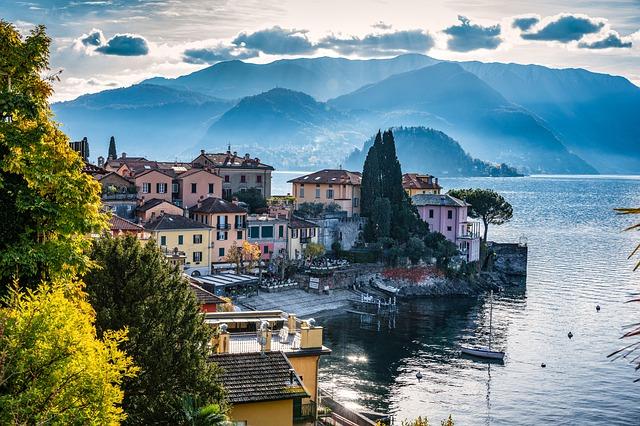
The Charm of Puglia

Puglia, located in the heel of Italy’s boot, is a region known for its rustic beauty, ancient architecture, and delicious cuisine. Yet, it remains relatively untouched by mass tourism, making it a perfect destination for those seeking an authentic Italian experience.
Alberobello and Its Trulli
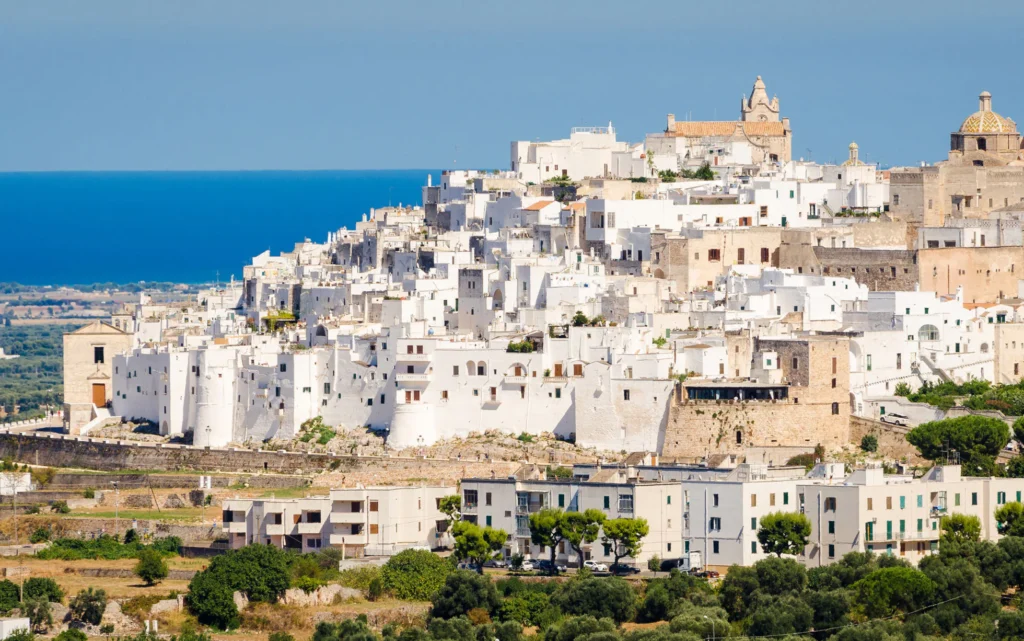
One of Puglia’s most enchanting towns is Alberobello, famous for its Trulli houses. These unique whitewashed stone huts with conical roofs are a UNESCO World Heritage site and offer a glimpse into a bygone era.It is as though you are entering a storybook as you stroll through Alberobello’s winding streets.
The White City of Ostuni

Ostuni, known as the White City, is another gem in Puglia. Perched on a hilltop, its whitewashed buildings gleam under the Mediterranean sun, creating a striking contrast with the blue sky. The city’s labyrinthine streets, ancient churches, and stunning views make it a must-visit destination.
The Mystique of Matera
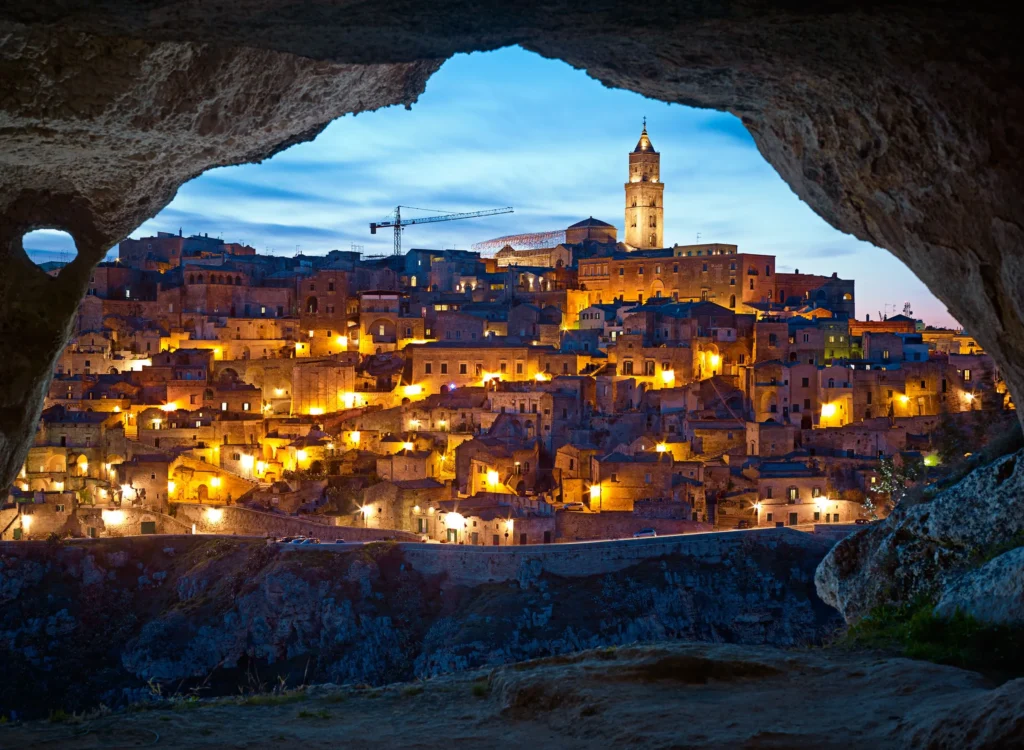
Matera, a city in the region of Basilicata, is one of the oldest continuously inhabited cities in the world. Its unique landscape and ancient cave dwellings make it a truly mystical place to explore.
Ancient Cave Dwellings

Matera is renowned for its cave dwellings, known as “Sassi.” These ancient homes, carved into the limestone, date back thousands of years and have been meticulously preserved. Walking through the Sassi district is like traveling back in time, offering a rare glimpse into the past.
The Sassi District

The Sassi district is a UNESCO World Heritage site and a testament to Matera’s rich history. The narrow alleyways, stone churches, and underground cisterns create a labyrinthine cityscape that is both intriguing and awe-inspiring.
Sardinia’s Unspoiled Beaches

Sardinia is home to some of the most beautiful beaches in the world, many of which remain untouched by tourism. If you’re looking for a secluded paradise, Sardinia’s unspoiled beaches are the perfect escape.
Cala Goloritzé

Cala Goloritzé, located on the eastern coast of Sardinia, is a hidden gem accessible only by boat or a challenging hike. The beach’s crystal-clear waters, towering limestone cliffs, and pristine sand make it a paradise for nature lovers.
La Pelosa Beach
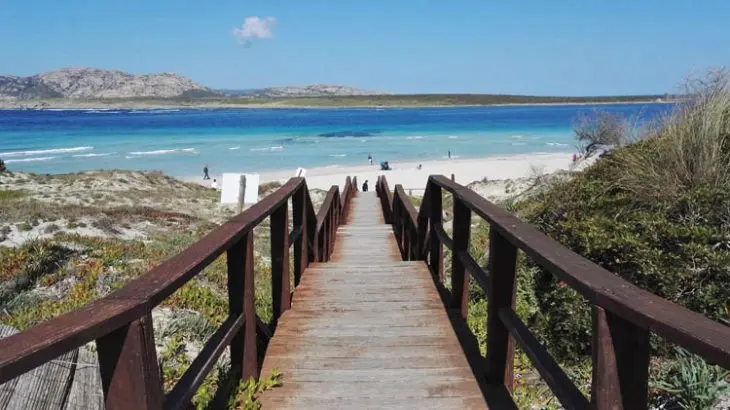
La Pelosa Beach, situated on the northwestern tip of Sardinia, is famous for its shallow turquoise waters and fine white sand.Even with its beauty, it’s still not too crowded, making it a tranquil getaway for anyone looking for tranquilly.
Hidden Historical Marvels
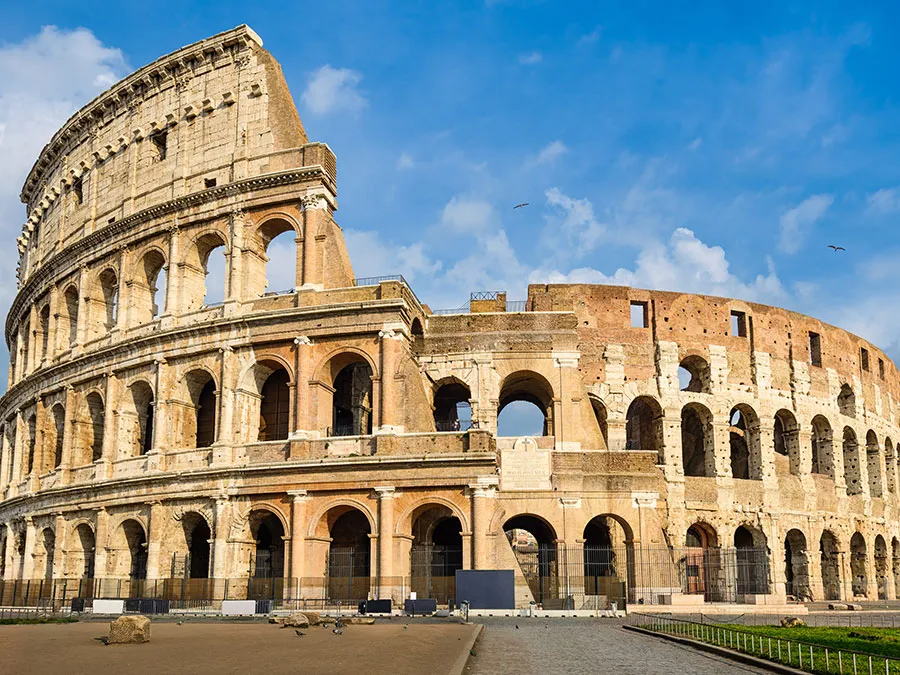
Italy is a country steeped in history, and some of its most fascinating historical sites remain hidden from the public eye. These lesser-known marvels offer a unique perspective on Italy’s rich past.
The Ruins of Herculaneum
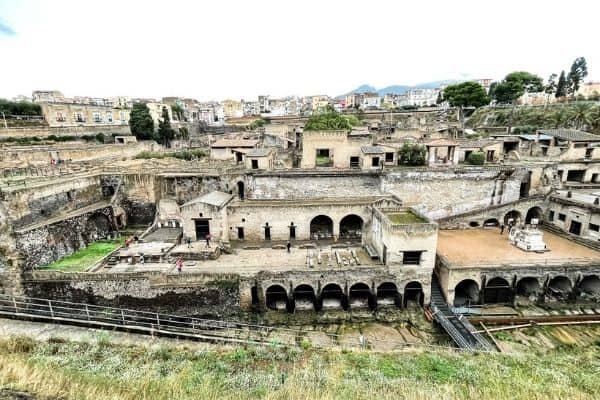
While Pompeii often steals the spotlight, the ruins of Herculaneum offer a more intimate glimpse into life during the Roman Empire.
Less Crowded than Pompeii

Herculaneum, buried by the same eruption that destroyed Pompeii, is much smaller and less crowded, allowing for a more personal exploration of the ancient ruins.
Well-Preserved Artifacts

The ruins are remarkably well-preserved, with intricate mosaics, wooden structures, and even food remnants offering insight into daily life in the Roman town.
The Secret Underground of Naples
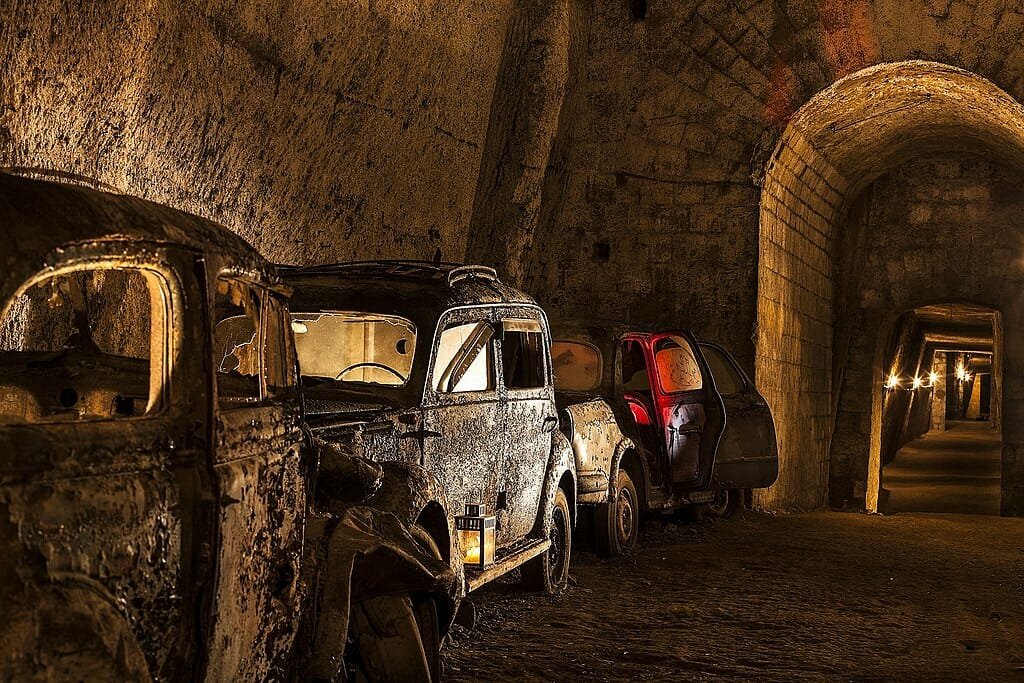
Beneath the bustling streets of Naples lies a hidden world of ancient cisterns, catacombs, and tunnels that tell the story of the city’s past.
Naples’ Underground Cisterns
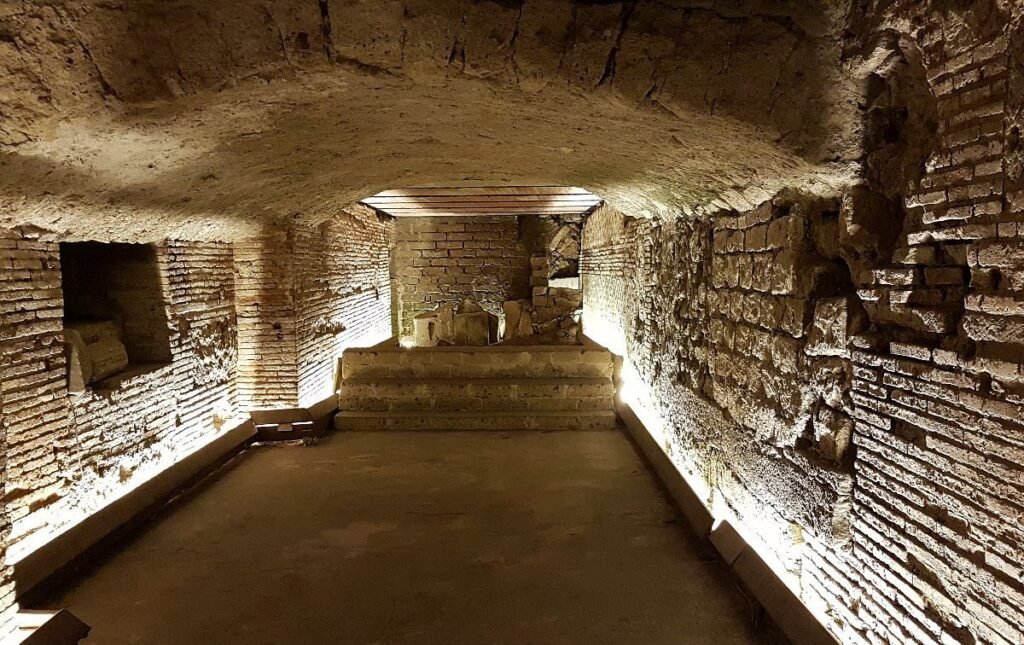
The underground cisterns, originally built by the Greeks, were later expanded by the Romans and used as a water supply system. Today, guided tours take visitors through this hidden maze, revealing a side of Naples that few ever see.
The Catacombs of San Gennaro
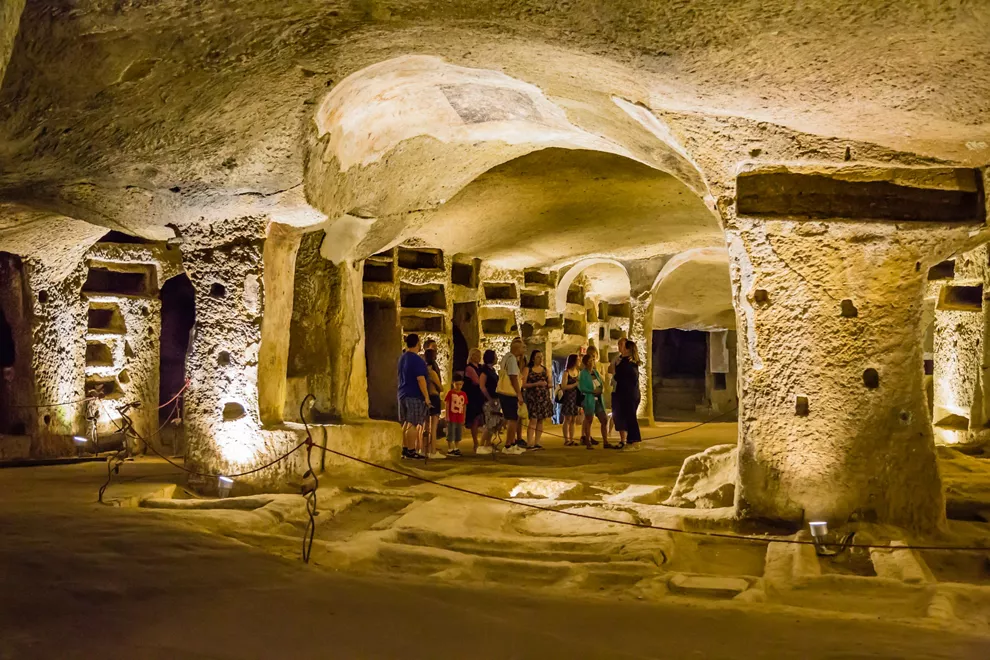
The Catacombs of San Gennaro, located beneath the city, are an ancient burial site dating back to the 2nd century AD. The catacombs are filled with early Christian frescoes and offer a hauntingly beautiful insight into early Christian practices.
Ravenna’s Byzantine Mosaics

Ravenna, a city in northern Italy, is renowned for its stunning Byzantine mosaics, which are some of the finest in the world.
Basilica di San Vitale
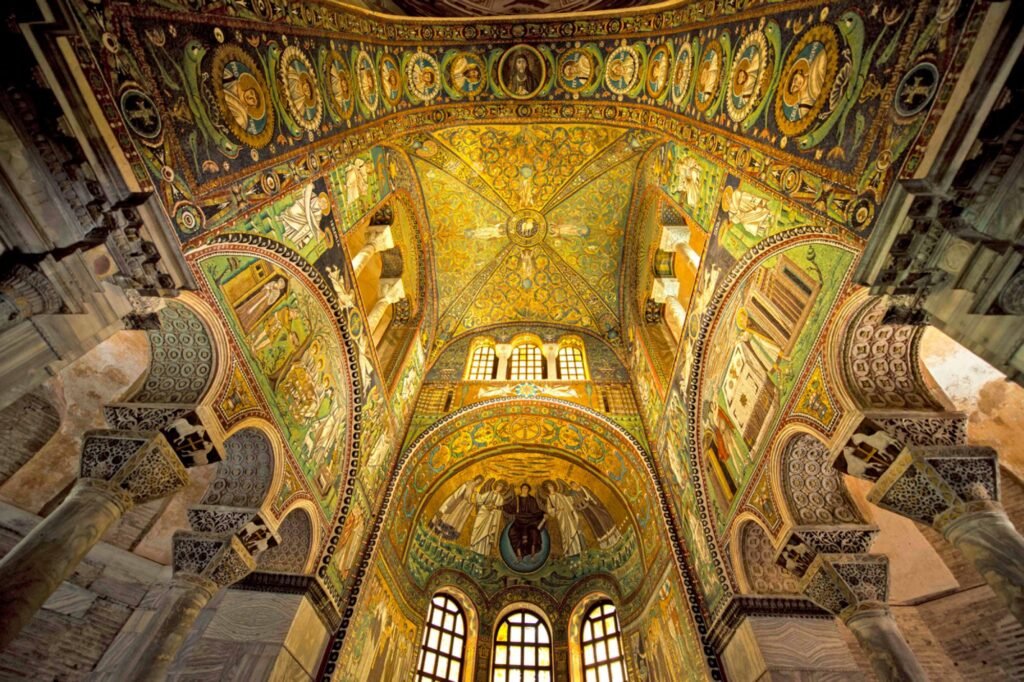
The Basilica di San Vitale is home to some of the most exquisite mosaics in Italy, depicting scenes from the Old and New Testaments in vivid color and intricate detail.
Mausoleum of Galla Placidia

The Mausoleum of Galla Placidia, a UNESCO World Heritage site, is another must-see in Ravenna. Its ceiling is covered in breathtaking mosaics that have been perfectly preserved for over a thousand years.
Undiscovered Culinary Delights

Italy’s culinary traditions are as diverse as its landscapes, and some of the most delicious experiences can be found in its lesser-known regions.
Truffle Hunting in Umbria

Umbria, known as the “Green Heart of Italy,” is a haven for truffle lovers. The region’s forests are rich with both black and white truffles, making it a prime destination for truffle hunting.
The Magic of Black and White Truffles

In Umbria, truffle hunting is more than just a culinary activity—it’s an age-old tradition. Guided by trained dogs, hunters search the forest floors for these elusive fungi, which are often referred to as “black diamonds.” The thrill of the hunt combined with the earthy aroma of fresh truffles makes this experience unforgettable. Afterward, you can savor the truffles in traditional dishes like pasta or risotto, where their rich, intense flavor truly shines.
Slow Food Movement in Piedmont

Piedmont, a region in northern Italy, is the birthplace of the Slow Food movement, which promotes sustainable farming and the preservation of local culinary traditions. This movement has shaped the region’s food culture, making it a paradise for food enthusiasts.
Farm-to-Table Experiences

In Piedmont, you can enjoy farm-to-table dining at its finest. Many local restaurants and agriturismos (farm stays) source their ingredients directly from nearby farms, ensuring that every meal is fresh, seasonal, and bursting with flavor. Whether it’s a hearty stew made with locally-raised beef or a simple plate of tajarin (Piedmontese pasta) with butter and sage, the food here celebrates the region’s agricultural heritage.
Sicily’s Hidden Vineyards

Sicily, the largest island in the Mediterranean, is not only famous for its stunning landscapes but also for its wine. While many people are familiar with Sicilian wines, few know about the hidden vineyards tucked away in the island’s remote corners.
Tasting Marsala Wines

Marsala, a town on the western coast of Sicily, is renowned for its fortified wines. Visiting the family-owned wineries here offers a glimpse into the traditional methods of wine production that have been passed down through generations. You can tour the vineyards, learn about the winemaking process, and, of course, taste the rich, amber-colored Marsala wines that are loved worldwide.
Visiting Family-Owned Wineries
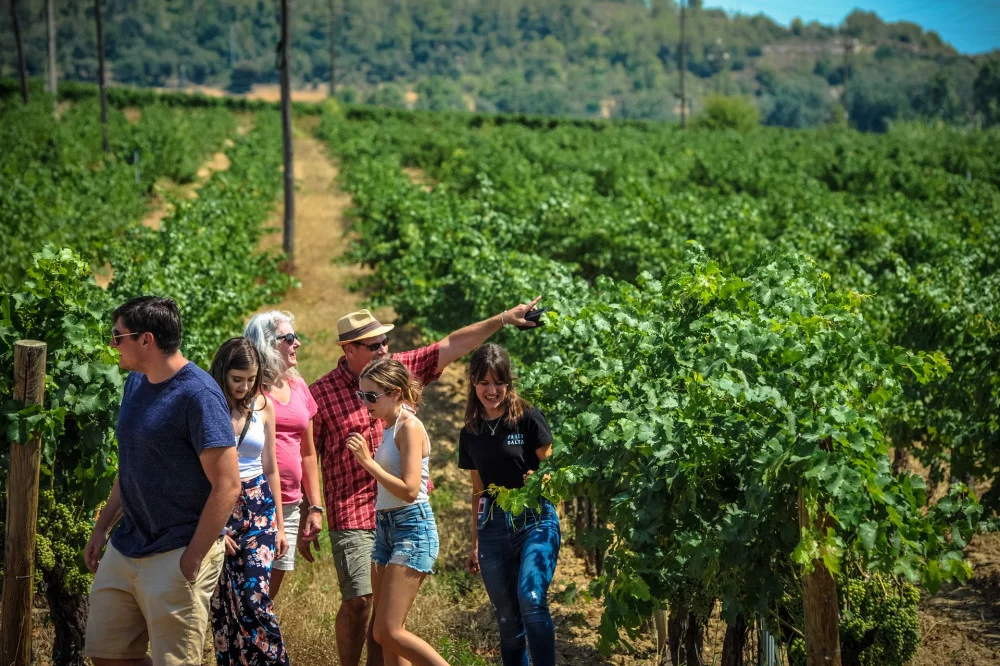
Exploring Sicily’s lesser-known wine regions, such as the slopes of Mount Etna, allows you to discover boutique wineries that produce exceptional wines in limited quantities. These family-owned estates offer intimate tasting experiences where you can sample unique varietals and learn about the island’s diverse terroir.
Breathtaking Natural Wonders

Italy’s natural beauty extends far beyond its famous lakes and coastal areas. Some of the country’s most stunning landscapes are hidden away in remote regions, waiting to be explored.
The Dolomites’ Hidden Valleys

The Dolomites, a mountain range in northeastern Italy, are known for their dramatic peaks and picturesque valleys. While popular spots like Cortina d’Ampezzo attract many visitors, the Dolomites are also home to secluded valleys that offer breathtaking views and serene hiking trails.
Val di Funes

Val di Funes is one of these hidden gems. This tranquil valley is dotted with charming alpine villages and surrounded by towering peaks. The iconic church of Santa Maddalena, set against the backdrop of the Odle mountain range, is a sight that will leave you in awe. Whether you’re hiking through meadows in the summer or snowshoeing in the winter, Val di Funes offers a peaceful escape into nature.
Alpe di Siusi
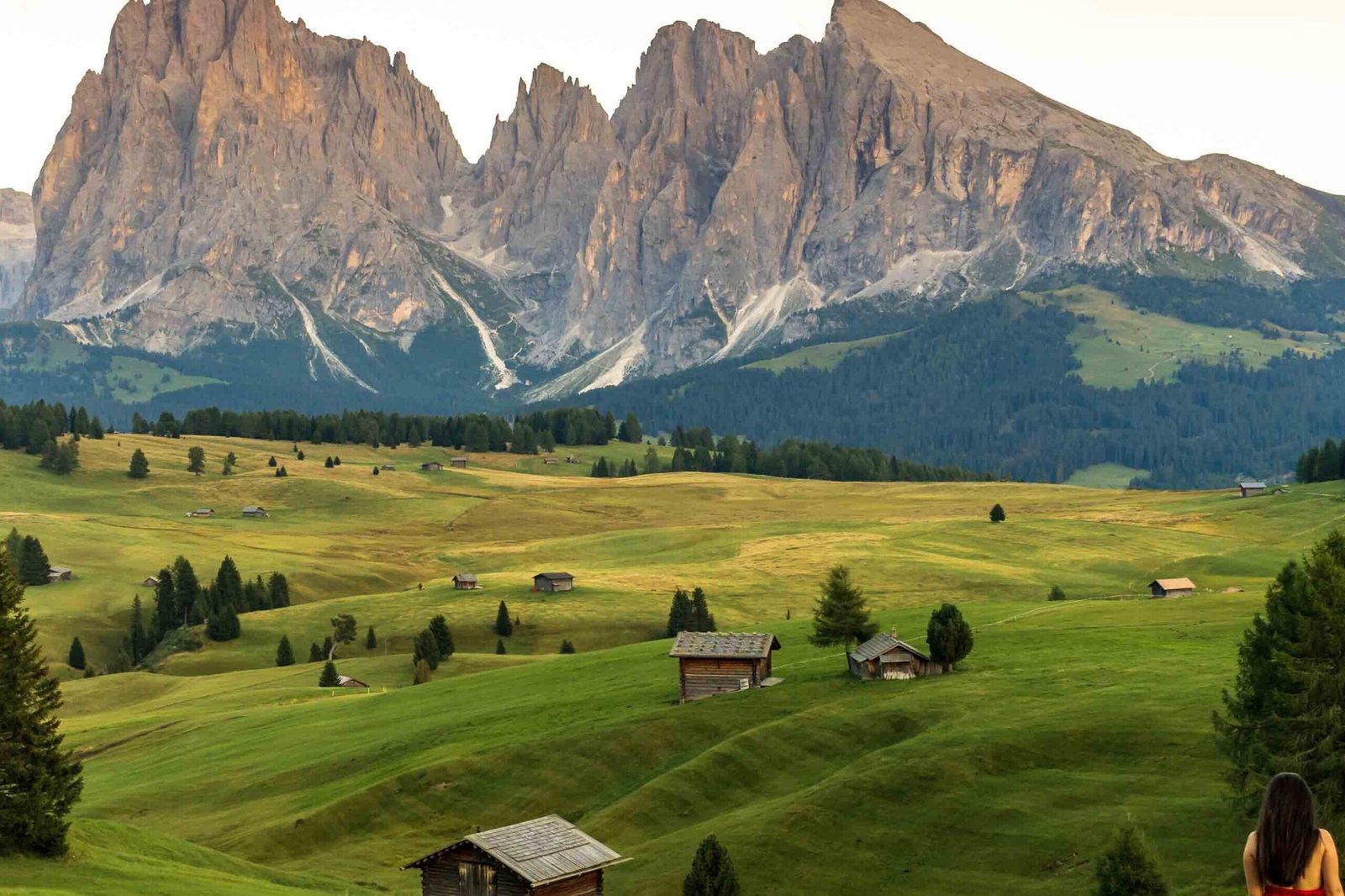
Alpe di Siusi, the largest high-altitude alpine meadow in Europe, is another must-visit destination in the Dolomites. The rolling meadows, dotted with traditional wooden huts and grazing cattle, are a paradise for outdoor enthusiasts. The views of the surrounding peaks, especially at sunrise and sunset, are nothing short of magical.
The Enchanting Grotta della Poesia
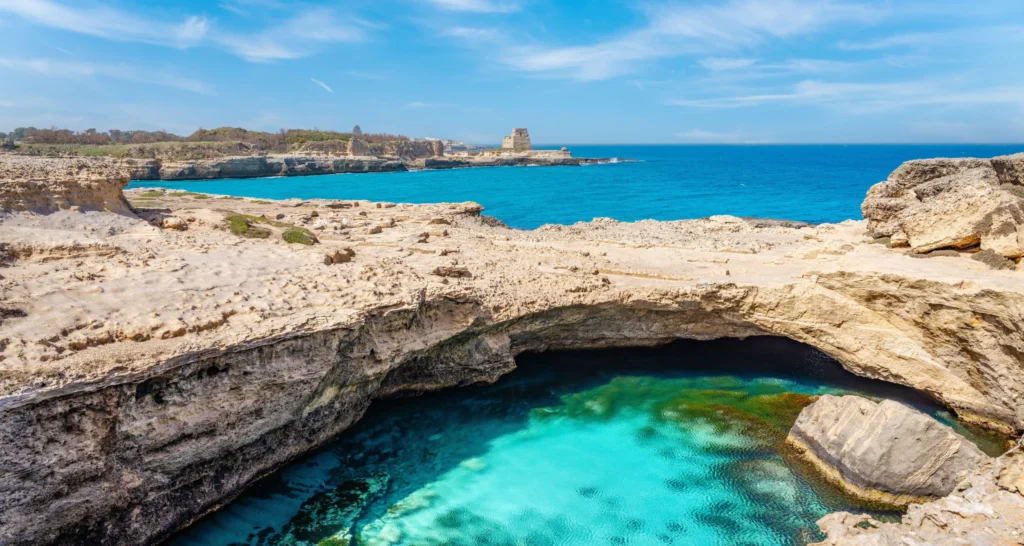
The Grotta della Poesia, or “Cave of Poetry,” is a natural swimming pool carved into the limestone cliffs of Puglia’s coastline. This hidden gem is not only beautiful but also steeped in legend.
A Natural Pool Like No Other

The Grotta della Poesia is said to have been a favorite bathing spot for an ancient princess, and it’s easy to see why. The turquoise waters, surrounded by steep cliffs, create a serene and secluded environment perfect for a refreshing dip. The cave’s name, which means “Cave of Poetry,” comes from the ancient inscriptions found on its walls, adding to its mystical allure.
The Secret Waterfalls of Marmore
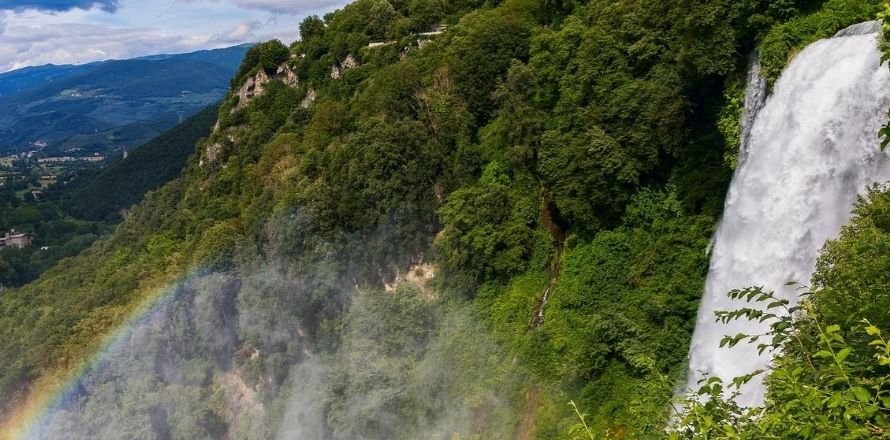
While Italy is not typically associated with waterfalls, the Cascata delle Marmore in Umbria is a spectacular exception.
Italy’s Tallest Man-Made Waterfall

The Marmore Falls, standing at an impressive 165 meters, are the tallest man-made waterfalls in the world. Created by the ancient Romans to divert the flow of the Velino River, the falls are a testament to their engineering prowess. Today, you can explore the surrounding park, hike along scenic trails, and witness the powerful rush of water as it’s released from the dam, creating a breathtaking natural spectacle.
Unique Cultural Experiences

Italy’s rich cultural heritage is not limited to its famous cities. Some of the country’s most unique cultural experiences can be found in its small towns and hidden corners.
Festivals in Little-Known Villages

Italy’s smaller villages are often home to vibrant festivals that celebrate local traditions and bring communities together. These events offer a chance to experience Italian culture in its purest form.
The Infiorata in Spello
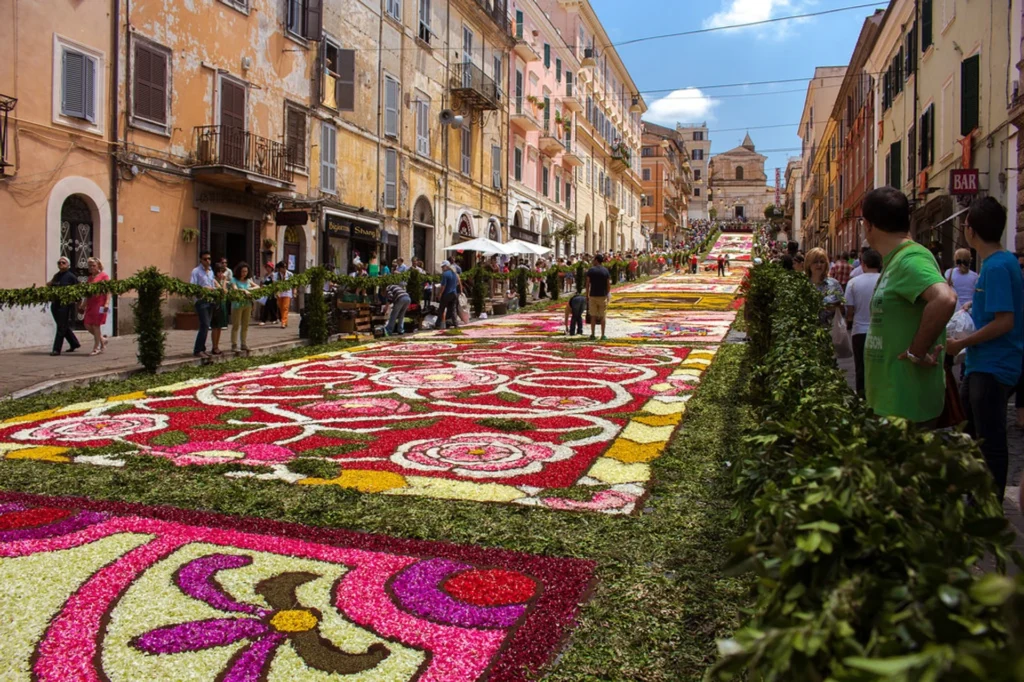
The Infiorata is a flower festival held annually in the medieval town of Spello, in the Umbria region. During the festival, the streets are transformed into stunning works of art made entirely from flower petals. Each year, artists and locals create intricate designs, often depicting religious themes, that line the town’s cobblestone streets. The festival culminates in a grand procession, making it a must-see event for anyone visiting Umbria in the spring.
The Hidden Art of Venice

Venice is known for its grand palaces and famous canals, but it also hides a wealth of lesser-known artistic treasures.
Libreria Acqua Alta
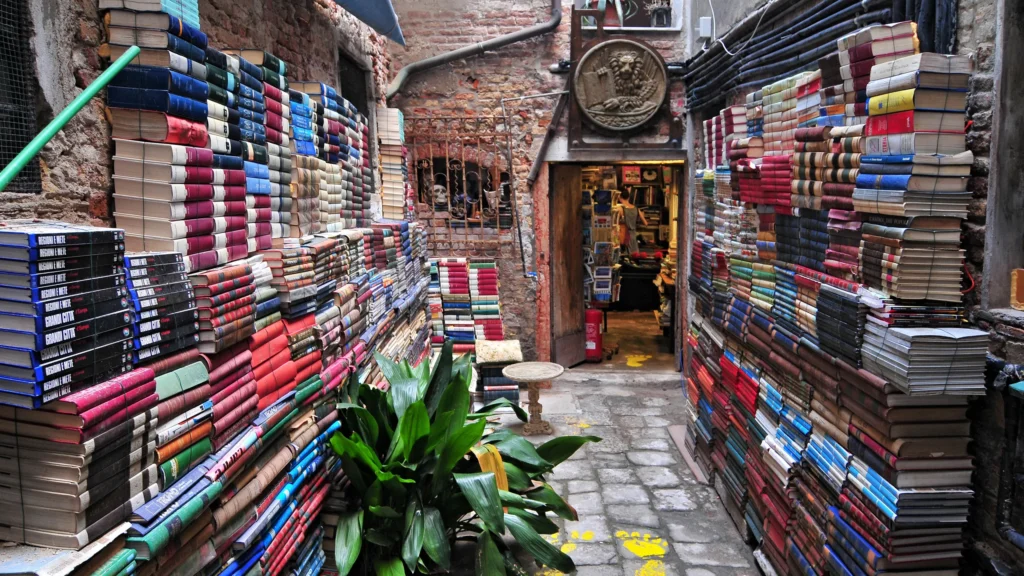
Libreria Acqua Alta, often referred to as the “world’s most beautiful bookstore,” is one of Venice’s hidden gems. Tucked away in a quiet corner of the city, this quirky bookstore is filled with books stacked in bathtubs, gondolas, and other unusual containers to protect them from the frequent flooding. The shop’s charmingly chaotic atmosphere, combined with its unique approach to book preservation, makes it a must-visit for book lovers and curious travelers alike.
Authentic Italian Craftsmanship
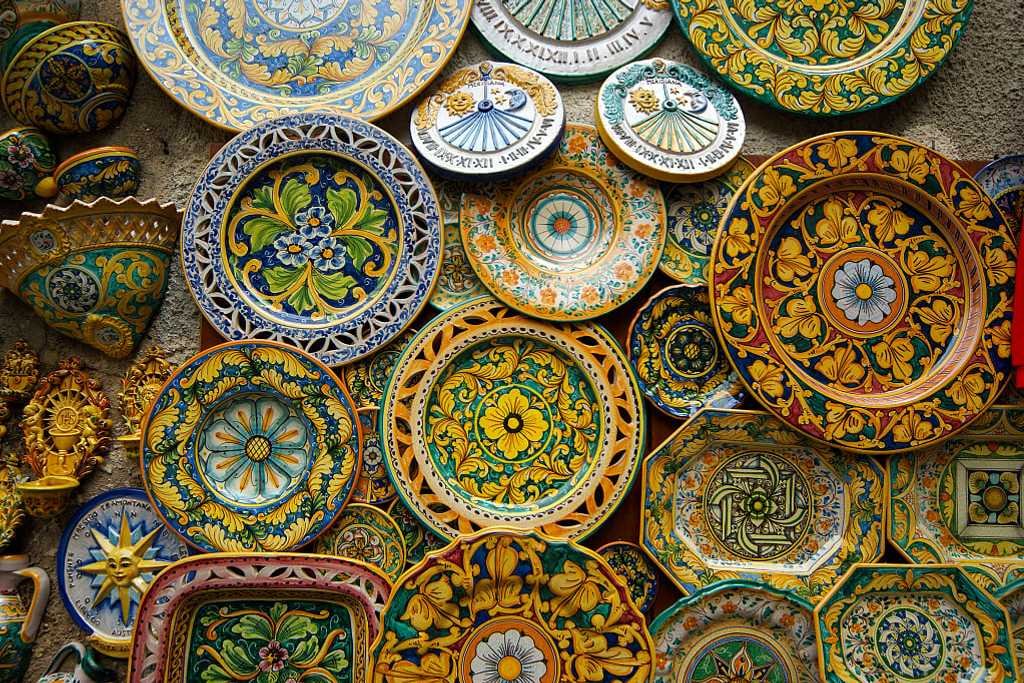
Italy has a long tradition of craftsmanship, and many of its artisans continue to produce beautiful, handmade goods using techniques passed down through generations.
Pottery in Deruta

Deruta, a small town in Umbria, is famous for its pottery, known as maiolica. The town’s artisans have been producing these colorful ceramics since the Middle Ages, and their work is still highly sought after today. Visitors to Deruta can tour local workshops, watch artisans at work, and purchase one-of-a-kind pieces directly from the source.
Glassblowing in Murano

Murano, an island near Venice, is world-renowned for its glassmaking. The island’s glassblowers have been creating exquisite glassware for centuries, and their work is displayed in galleries and homes around the world. A visit to Murano offers the chance to see these master artisans in action, as they skillfully shape molten glass into delicate vases, chandeliers, and sculptures.
Conclusion
Italy’s hidden gems offer a wealth of experiences that go far beyond the well-trodden tourist paths. From ancient cave dwellings and secret beaches to vibrant festivals and exquisite craftsmanship, these lesser-known destinations provide a deeper, more authentic connection to the country’s rich history and culture. Whether you’re a seasoned traveler or visiting Italy for the first time, exploring these secret treasures will give you a new appreciation for the beauty and diversity of this incredible country. So next time you’re planning a trip to Italy, consider venturing off the beaten path—you might just discover a side of Italy you never knew existed.
Also visit:
The Best Beaches in Florida for Photographers
The Best Beaches in Florida for Bird Watching
The Best Beaches in Florida for Fishing Adventures
The Best Beaches in Florida for Nightlife and Entertainment
The Best Beaches in Florida for Beach Volleyball




